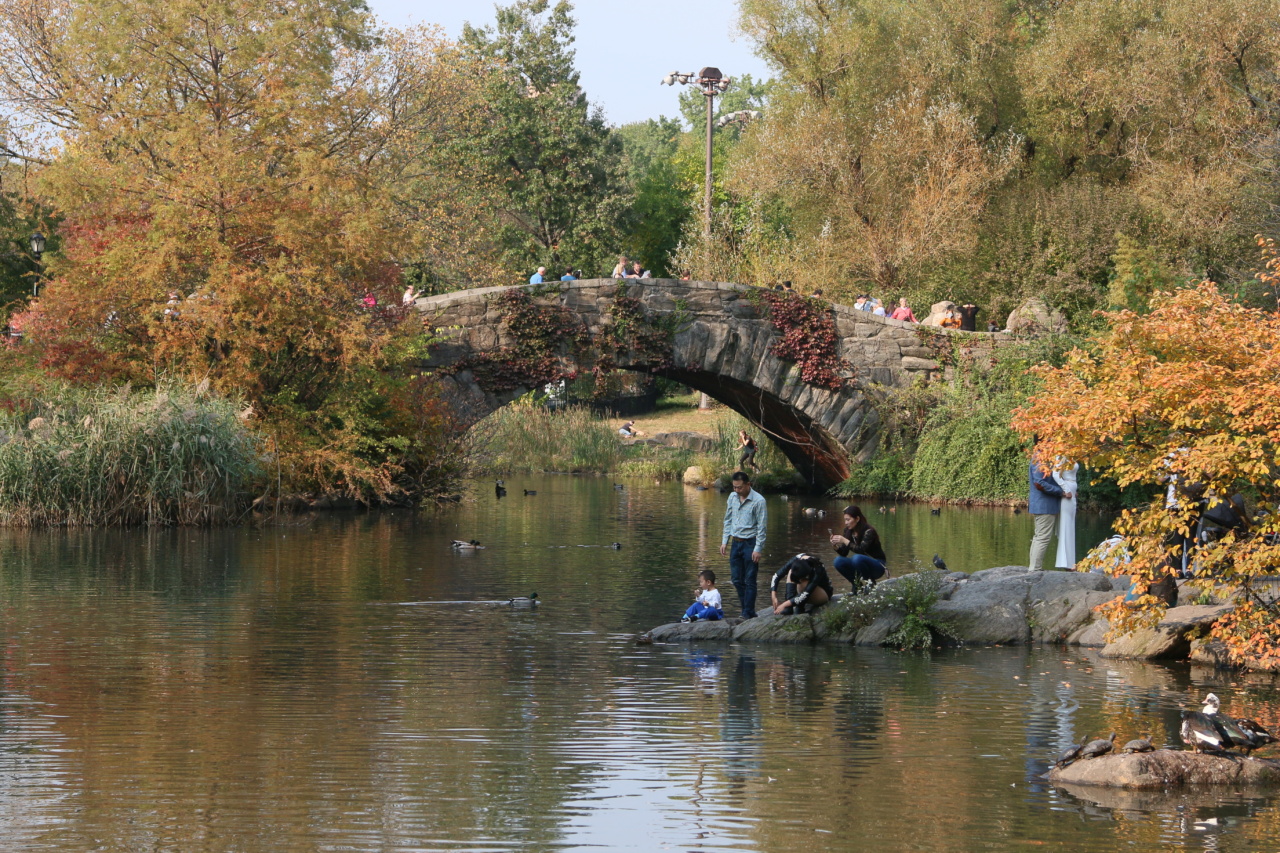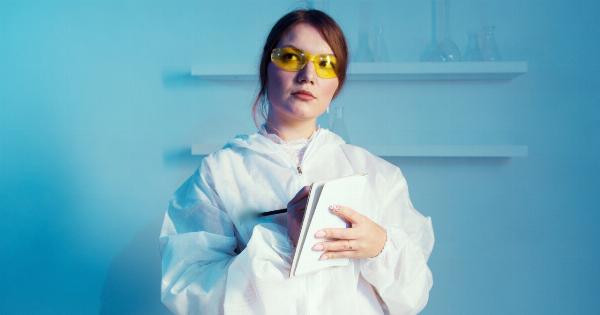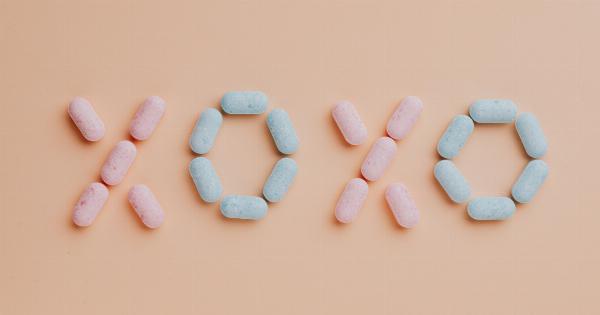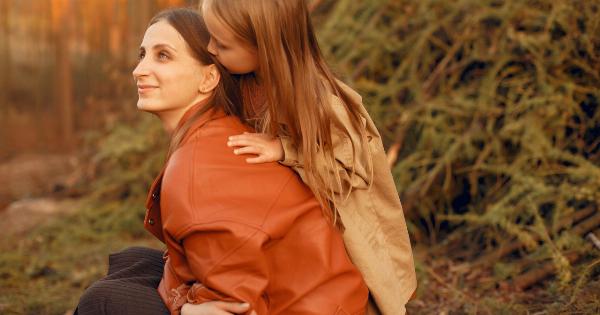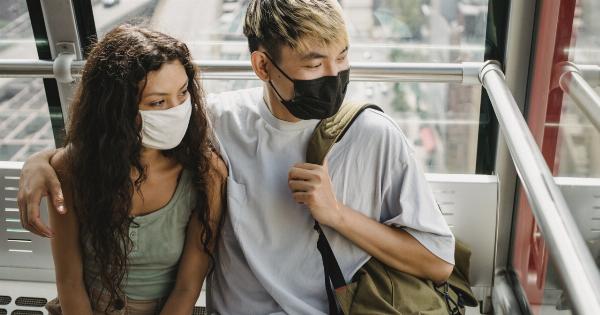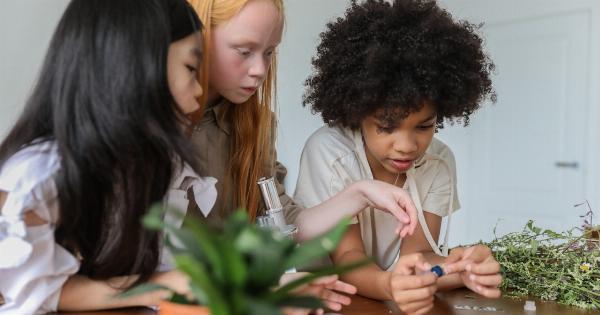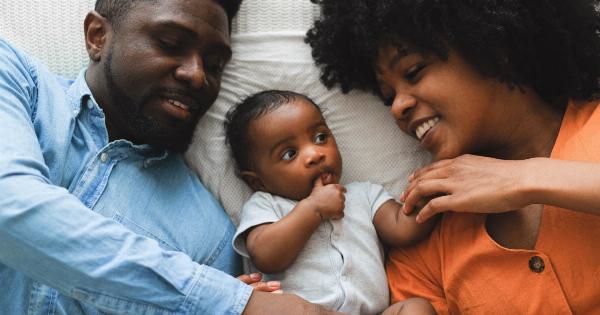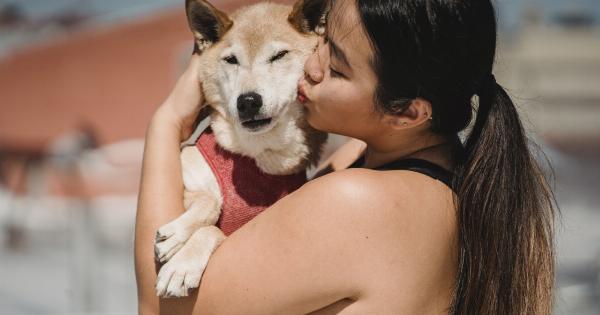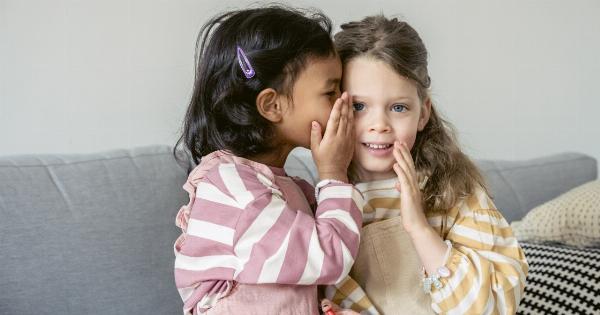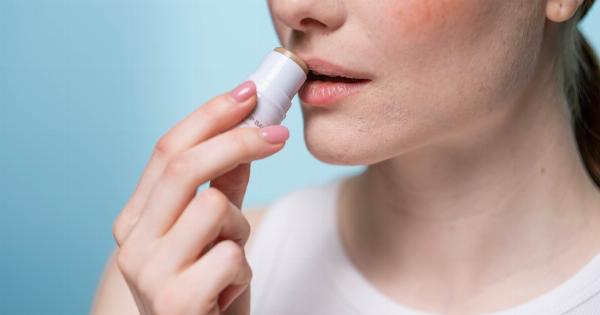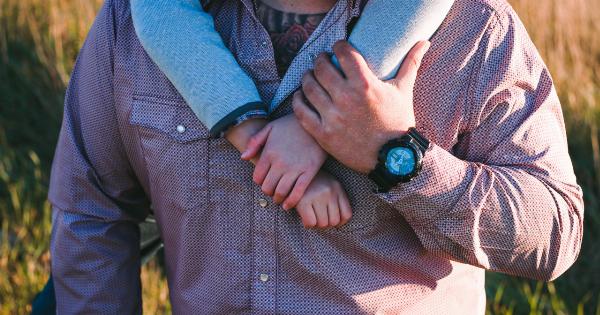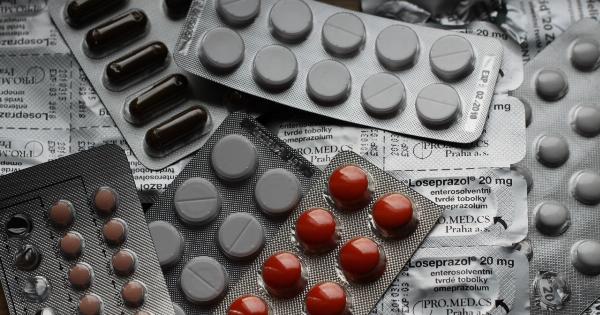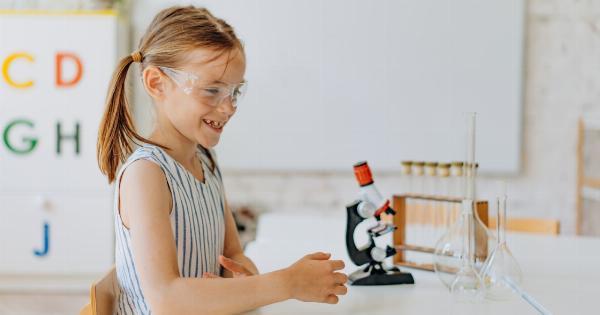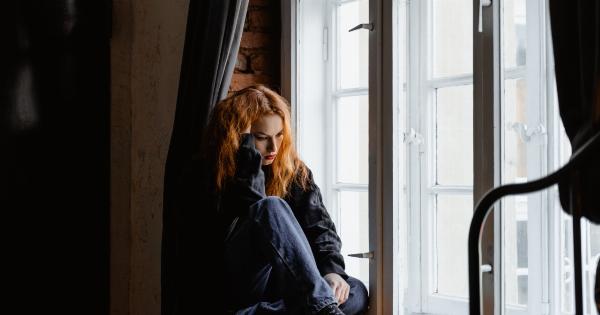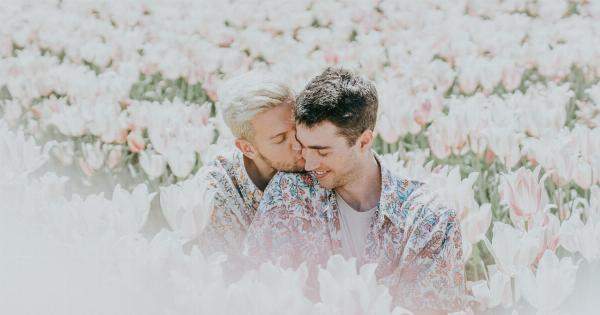Kissing is a universal act of intimacy that can convey desire, love, and connection. It is a transcendent experience that has been depicted in art, literature, and films throughout history.
But have you ever wondered what happens when we engage in this act of locking lips? What goes on in our bodies and minds during a passionate kiss? In this article, we will explore the fascinating science behind kissing and uncover some surprising facts.
The Anatomy of a Kiss
When two individuals come together for a kiss, a complex series of physiological and neurological responses are set into motion. The lips, which are densely packed with nerve endings, play a pivotal role in this intimate act.
As the lips touch, they send signals to the brain, triggering the release of various chemicals and hormones that elicit pleasurable sensations.
The Power of Dopamine and Serotonin
One of the primary neurotransmitters involved in kissing is dopamine. Often referred to as the “feel-good” neurotransmitter, dopamine is responsible for pleasure and reward.
When we kiss someone we are attracted to, dopamine levels surge in our brain, creating a sense of euphoria and pleasure.
Alongside dopamine, kissing also stimulates the release of serotonin, another neurotransmitter linked to happiness and well-being. Serotonin helps regulate mood, sleep, and appetite, making a passionate kiss a natural mood booster.
Kissing and Bonding
Did you know that kissing is not only pleasurable, but also plays a crucial role in human bonding? When we kiss, our bodies produce oxytocin, often called the “love hormone.” Oxytocin is associated with trust, empathy, and bonding between individuals. It strengthens emotional connections and deepens feelings of intimacy.
A passionate kiss can also prompt the release of vasopressin, a hormone involved in long-term commitment and bonding.
The combination of oxytocin and vasopressin fosters attachment and can contribute to the development of long-lasting, meaningful relationships.
The Science of Kissing and Health Benefits
Believe it or not, kissing has a range of health benefits beyond the pleasant sensations it provides. The act of kissing can actually boost our immune system by exposing our bodies to a variety of bacteria.
This exposure helps prime our immune system and can potentially improve our ability to fight off illnesses.
Kissing also increases saliva production, which aids in oral hygiene. Saliva contains enzymes that break down bacteria, helping prevent tooth decay and gum disease.
So, the next time you share a romantic kiss, remember that it may also contribute to your dental health!.
Furthermore, vigorous kissing can burn calories and increase our heart rate. While it may not replace a workout session, a passionate make-out session can still provide a mini-exercise for our cardiovascular system.
The Evolutionary Perspective
From an evolutionary standpoint, kissing serves several important purposes. It allows potential partners to engage in a close, sensory evaluation of each other.
When we kiss, our brains gather information about the other person’s scent, taste, and overall compatibility. This sensory exchange helps us assess genetic compatibility, as certain odors and tastes can indicate immune system compatibility.
Moreover, kissing is thought to have emerged as a behavior to promote pair bonding and reproduction. It strengthens the emotional bond between partners and promotes intimacy, both of which are crucial for successful reproduction and child-rearing.
The Cultural Aspects of Kissing
While kissing is a universal act, the cultural significance and customs associated with it can vary greatly across different societies. In some cultures, kissing on the lips is seen as an intimate act reserved only for romantic partners.
In others, greeting kisses on the cheek are customary to express friendship and goodwill.
Religious and social norms also influence the acceptance and practice of kissing in public or private spaces.
For example, some cultures may view public displays of affection as taboo, while others embrace them as a natural expression of love and affection.
The Types of Kisses
Kissing is a diverse and richly varied act, with different types of kisses carrying distinct meanings. From a tender peck on the cheek to a passionate French kiss, each type of kiss conveys a unique message and evokes specific emotions.
Whether it’s the playful Eskimo kiss, the affectionate forehead kiss, or the sizzling lip-lock, the art of kissing offers a vast array of possibilities for expressing love, desire, and affection.
The Psychological Effects of Kissing
Kissing has profound psychological effects on our well-being. It reduces stress by lowering cortisol levels, a hormone associated with stress and anxiety. Kissing also promotes a sense of relaxation and can improve our overall mood.
It can serve as a form of escapism from our daily worries and troubles, allowing us to be fully present in the moment with our partner.
On an emotional level, a kiss can boost our self-esteem and increase feelings of self-worth. It provides validation and reassurance, making us feel desired, loved, and appreciated.
The Power of a First Kiss
A first kiss can be a transformative and unforgettable experience. Psychologically, it marks an important milestone in a romantic relationship, signifying a deepening connection and the beginning of a new bond.
The anticipation and excitement leading up to a first kiss can trigger a rush of adrenaline, heightening our senses and making the experience all the more exhilarating.
Neurologically, a first kiss can create a lasting imprint in our brains. The release of dopamine and other neurotransmitters during a passionate first kiss results in a pleasurable sensation that our brain remembers.
This memory can contribute to the formation of strong emotional connections and serve as a foundation for a long-lasting relationship.
The Science of Kissing Across Species
Humans are not the only species that engage in kissing-like behaviors. Many animals, ranging from primates to birds, exhibit behaviors that resemble our act of locking lips.
These behaviors serve similar functions of bonding, assessing compatibility, and demonstrating affection.
For instance, bonobos, our closest relatives, frequently engage in mouth-to-mouth kissing. This behavior plays an essential role in their social structure by fostering unity and establishing strong bonds within the group.
Similarly, some bird species engage in “billing,” where they touch or rub their beaks together as a form of courtship and bonding.
The Science of Kissing: A Final Thought
Kissing is a beautiful and complex expression of love, desire, and connection. It stimulates our senses, sets off a cascade of physiological responses, and influences our emotional well-being.
From the release of pleasure-inducing neurotransmitters to the strengthening of bonds through the release of love hormones, kissing is a potent force that transcends cultural boundaries and unites us all.
